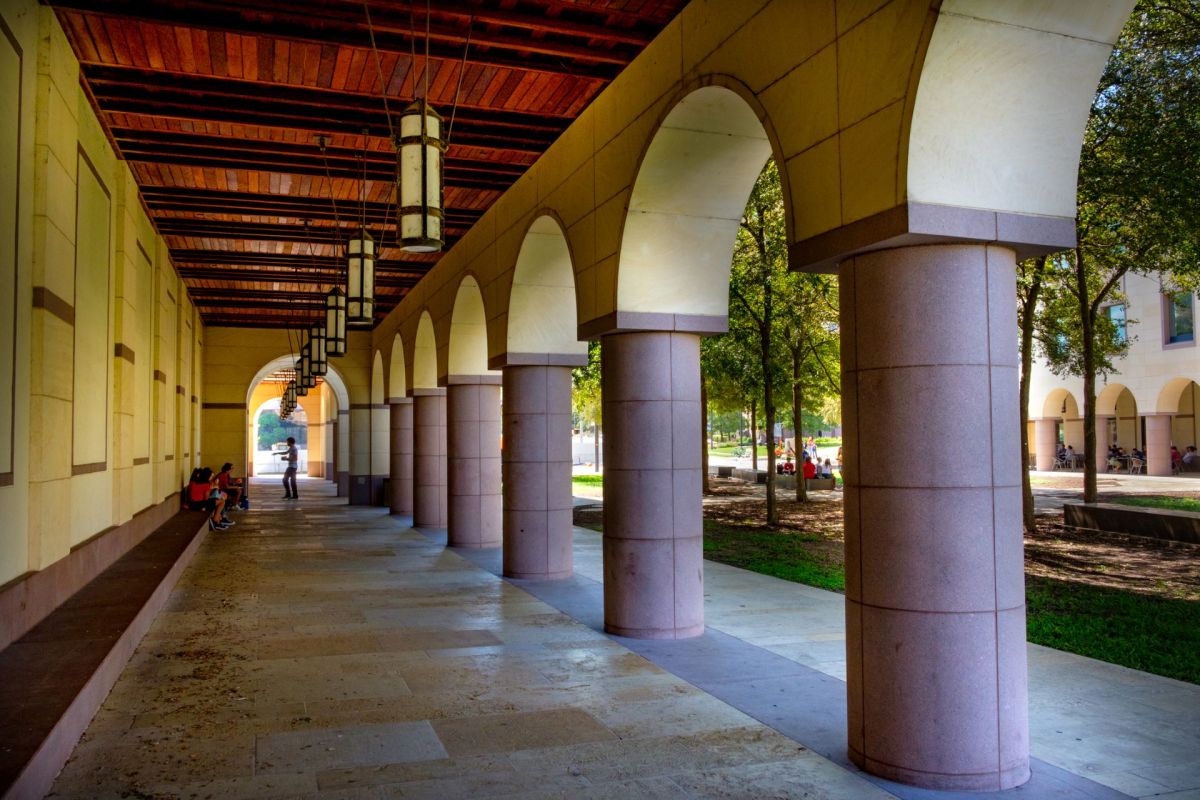In its timely exhibition exploring the impacts of a warming planet, the Blanton Museum of Art in Austin, Texas, asks a poignant question: If people could actually see heat-trapping gases in the atmosphere, would it inspire them to live more sustainably?
The special two-part exhibition, aptly named "If the Sky Were Orange: Art in the Time of Climate Change" runs through Feb. 11 this year. The art show's guest curator, climate writer and journalist Jeff Goodell, thought of the title after recalling a sobering comment a scientist made 20 years ago, as The New York Times reported.
The scientist said that if polluting gases turned the sky different colors instead of being invisible, people would care more about their harmful effects on Earth. So as Goodell planned the show, he chose pieces that would convey the gravity of our overheating planet while also encouraging people to rethink their relationship with nature.
A painting in the Blanton's permanent collection that is part of the exhibition seems to perfectly illustrate this message. Called "Cloud World (#3)" (2014) by Aaron Morse, the painting features orange-hued clouds floating above a lifeless, angry-looking sea.
"This is a show about making climate change visible—if not by painting the sky orange, then by seeing its impact through the eyes of artists."—@jeffgoodell
— Blanton Museum (@BlantonMuseum) January 12, 2024
Don't miss "If the Sky Were Orange: Art in the Time of Climate Change," on view through 2/11/24 → https://t.co/9gIsfEwgGG pic.twitter.com/saXPJMrspM
Unfortunately, the painting became all too real for millions of people worldwide in the summer of 2023 as they battled some of the most intense wildfires ever recorded.
"Wildfires brought climate change to everyone's mind, but this issue isn't new," Simone Wicha, director of the Blanton, told The New York Times.
Humans have been altering their environment long before the discovery of oil, so the museum wanted to include earlier works — some dating back to the 17th century — to offer historical context on climate issues. These pieces from Blanton's collection are displayed in the first part of the exhibit.
The second part features artwork from 10 contemporary artists showcasing the impacts of our warming planet and how we can adapt. Wall labels next to each piece provide background information on the changing climate, contributed by Goodell and other acclaimed writers and scientists.
"Climate change is a very complex topic that is not just about data and information and physics, it's about culture and politics and psychological responses," Goodell said in an interview with the Guardian.
"It's about how we choose to live, what we value. The science part of it is a small sliver of the larger conversation – it's really important, but it's just the beginning of the conversation. There are vast dimensions of thinking about this subject that we have not really begun to approach," he added.
He hopes that the exhibit will help expand public awareness of climate issues and, more importantly, urge people to take action.
"The conversation of solutions doesn't apply to climate change," he told The New York Times. "A profound, planetary-scale transformation is needed to fix the damage. What I want people to take away is curiosity. Understanding the issues helps plan for a better future than the messy world we're in now."
Join our free newsletter for cool news and actionable info that makes it easy to help yourself while helping the planet.









